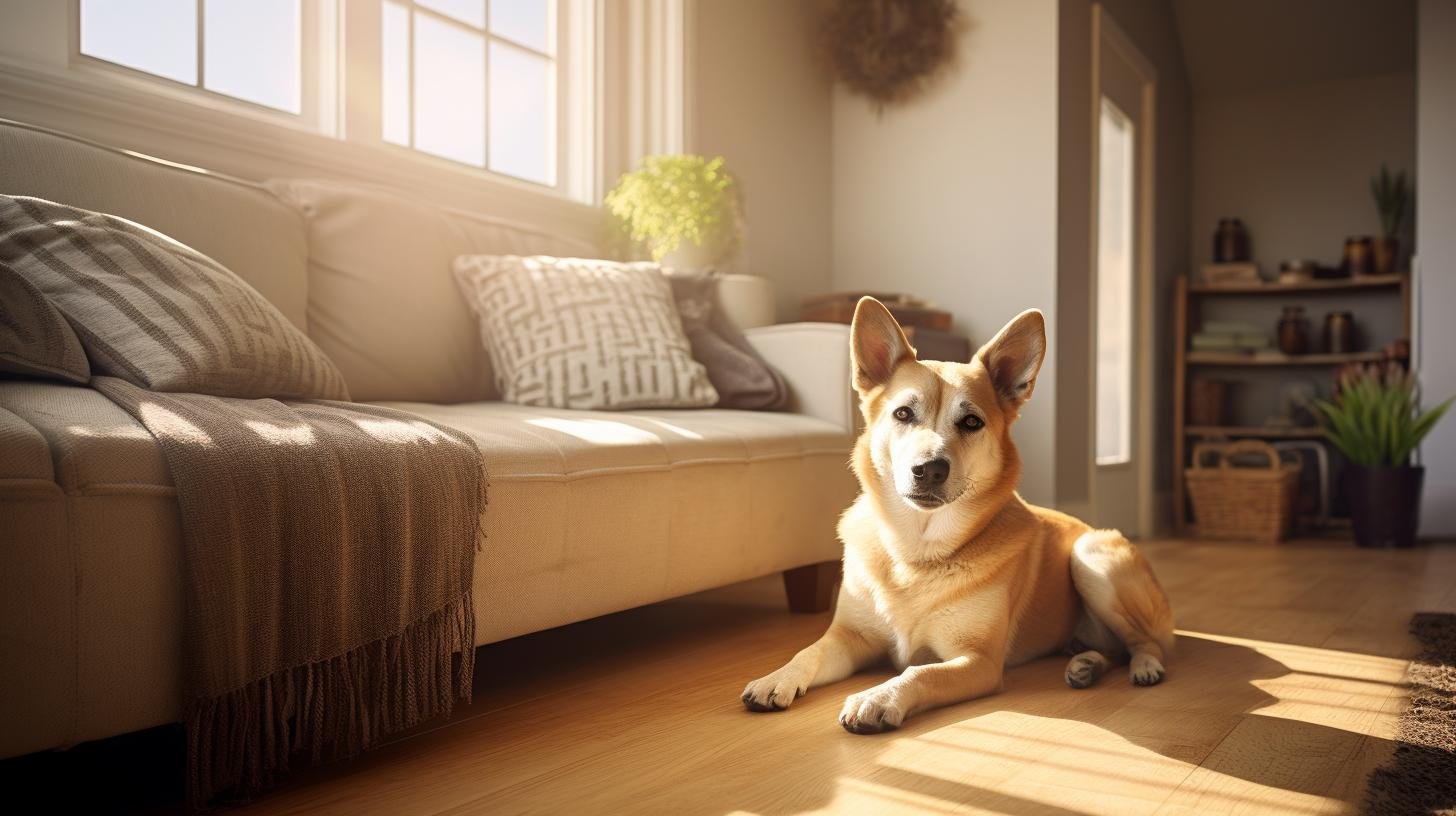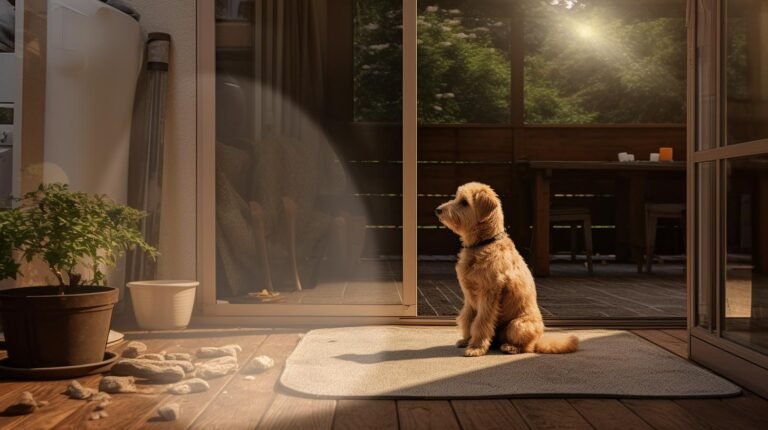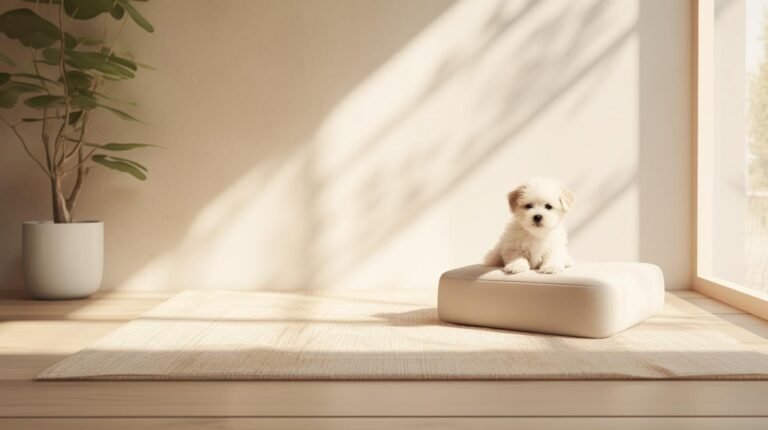Imagine you’ve just come home from a long, tiring day at work, only to discover your fluffy rug isn’t so fluffy anymore – it’s soggy. And it’s not just any soaking; it’s from your beloved new canine friend. You wanted to pat yourself on the back for becoming a pet parent. But, now, you’re getting stuck cleaning up after your dog constantly. You never imagined owning a dog would mean continually trying to decode whether that nuance of smell in your home is your dog’s recent gift or just paranoia (Pro tip: It’s probably the former).
Unquestioned love for dogs aside, frequent cleaning of pee stains might put a decent dent in your dog-loving armor. So, how can you train your dog to stop treating your house like its personal bathroom? Let’s take a ‘paws’ from the cleaning and lay down some effective strategies.
First things first, understanding why your dog is creating puddles in inappropriate places is crucial. They aren’t trying to drive you up the wall. Reasons may range from inadequate housetraining to certain medical conditions. Puppies, for instance, have minimal bladder control and are more prone to accidents until about six months of age. On the other hand, an adult dog with impeccable toilet manners might also start soiling indoors due to a urinary tract infection or anxiety issues.
Often, inappropriate urination in dogs is an issue of communication or lack thereof. Dogs aren’t humans and won’t comprehend that your expensive Persian rug isn’t a pee mat unless you take the reins and educate them.
The process begins with creating an effective bathroom schedule for your dog. Consistency is the name of the game here. Take your dog to a designated potty spot outside multiple times a day, ideally after feeding or playtime, when a pooch is most likely to need the bathroom. This schedule acclimatizes them to relieve themselves at specific times instead of sporadically throughout the day.
Secondly, reinforcement plays a significant role in behavior modification. When your dog successfully avoids peeing inside and uses the assigned spot, reward them vocally (“Good dog!”) or with a small treat. Dogs want to please their masters and respond fairly quickly to a reward-based training process, adjusting their habits accordingly.
Utilizing scent training can help as well. Dogs base their toilet manners on their nose. Leaving a bit of their waste (or a pee pad) in the designated area will stimulate them to pee in the same spot.
A common misstep is punishing your dog for an accident. Scolding or physically punishing your dog does more harm than good. Not only is it cruel, but it can actually lead to more accidents because your dog could start to associate bathroom breaks with getting punished. Instead, if you catch your dog mid-accident, make a loud noise or say a firm “no” to interrupt them, then immediately take them outside. This way, they’ll start associating outside with peeing.
Training tools can also be brought onboard. Crate training can be effective, especially for puppies, but it must be used responsibly. The crate should be a safe, comfortable place for your dog, never used for punishment. Dogs don’t like to soil their personal space, which discourages urinating inside. Additionally, you may consider dog diapers for senior dogs experiencing incontinence or female dogs in heat.
In any case, patience is key. Just like humans, dogs are also creatures of habit and will take time to override their existing bathroom routines.
And remember, if the problem persists despite maintaining a consistent bathroom schedule, and positive reinforcement strategies, it could potentially be a sign of an underlying medical problem. If accidents continue, don’t hesitate to bring your dog for a check-up with a vet.
To sum up, the journey of teaching your dog not to pee inside the house involves understanding, communication, consistency, positive reinforcement, and patience. It may seem a little daunting at first, but with unwavering effort and love, you’ll see how quickly your canine friend learns and adapts. After all, having a well-trained pet rewards you with a heap of joyful, stress-free moments that far outweigh the challenges. Now, who’s a good human?



